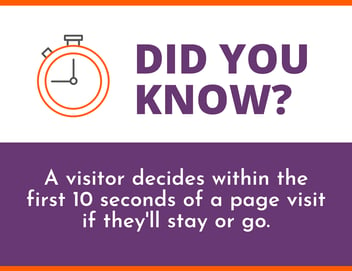3 Ways to Maximize Your Sales Enablement Program
There is a lot of talk about sales enablement today. But what does that actually mean? Here's how you can leverage the next generation of sales enablement tactics to drive more value and greater results in your organization.
1. Evaluate your current strategy
Sales enablement is the process of providing a sales team with the tools they need to sell more effectively. These resources can include coaching, training, content, and technology. However, regardless of the quality of the tools, the problem that sales leaders are facing today is that the program fails to deliver the results they want. While you can have the right tools, the question is - do you know how to use them to improve your sales process?
If the tools are right, but the application is not, it can feel like trying to build a car with a hammer and a chisel. Instead, we must evaluate the tools to organize them into the right format and apply them correctly. The purpose of evaluating your current strategy is to make sure that you are providing the right information to the right person at the right time.
Here are steps you can take that will help you align the concept with your goals:
- Identify your biggest business challenges and strengths
- Decide and prioritize where your sales team needs the most help
- Evaluate the scripts your sales reps are using
- Evaluate your pipeline and make sure it’s clearly defined
2. Invest in CRM and automation
Embracing and adopting new technology is a natural progression of all businesses. In your sales enablement strategy, investing in the right technology can make a significant difference in not only increasing sales, but in improving your team’s productivity.
Recent studies show that companies operating with a customer relationship management software close more deals and have a more efficient workflow. The right CRM software combined with automation provides your sales team with reliable data, streamlines the sales process, and identifies prospects, reducing the time spent on searching through accounts.
The latest technology also comes with analytical tools that sales leaders can use to identify what’s working and what’s not. This allows the sales team to use the tools that are effective while removing or improving the resources that aren’t.
3. Coach, coach, and coach again
Coaching is a critical part of sales enablement, however many companies don’t provide continuous coaching for their sales team. As humans, we learn the best when information is repeatedly reinforced. The Training Industry states that “training is a process, not an event” and spaced reinforcement is the best way to help sales reps retain information.
Consider the fact that 84% of learned information is lost within 90 days without reinforcement, which highlights the importance of continuous coaching. To keep team members up to speed, adopt consistent training as part of your sales enablement strategy and have learning materials easy to access. Last but certainly not least, your coaching strategy should focus on empowering your team members. When sales reps feel supported and valued, they are naturally more motivated and invested to deliver results.
Article by Richard Walsh
As a certified inbound and content marketer, Richard believes in the need to create high-quality compelling content, that drives engagement and interaction. Richard has been developing brands and high-quality web experiences since 2001. Book a meeting with Richard to talk about your branding and marketing efforts.




